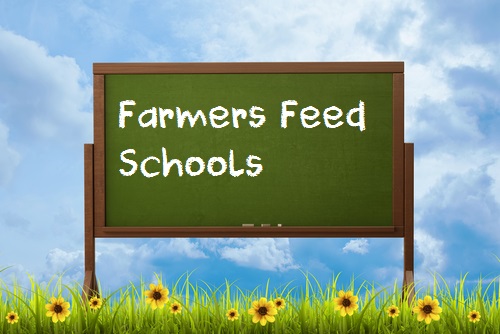Initiative aims to have more locally grown products in schools
By Diego Flammini, Farms.com
In an effort to promote the local products Georgia’s farmers grow and ensure students in the state have access to healthy food, the Georgia Department of Agriculture and Department of Education are working together on a vision for the year 2020.
The “2020 Vision for School Nutrition” is a challenge put forward by Georgia Agriculture Commissioner Gary Black and members of the Department of Education. The initiative’s goals include having at least 20 percent of every meal in Georgia’s public schools consist of locally grown products.
In addition, 20 percent of schools are challenged to have school menus consist of 50 percent locally grown Georgia products.

“Today is the day that we drive the stake into the soil of Georgia to change the paradigm of school nutrition for students throughout the state,” Commissioner Black said. “The team is represented by a wide array of Georgians from suppliers to growers, students and parents to education and school nutrition leaders, government officials to concerned citizens, and leaders in communities throughout the state.”
Other members of the 2020 Vision for School Nutrition team include Georgia School Superintendent Richard Woods and Dr. Kathey Peavey, Assistant Director of School Nutrition Program for the Department of Education.
“Each and every part of the community is equally important to the success of our students,” Superintendent Woods said. “Our students must have proper, nutritious meals in order to learn, and that’s why I’m excited to help make the ‘2020 Vision for School Nutrition’ a reality. We have a great opportunity to create a movement in Georgia for more local and highly nutritious foods in our school cafeterias.”
According to the National Agricultural Statistics Service, Georgia farmers produced more than $237 million worth of corn and surpassed the $125 million mark for soybean production. Other largely produced crops include peanuts, pecans, blueberries and onions.
Join the discussion and tell us your thoughts about Georgia wanting to increase the presence of local food in schools. Other than the nutritional benefits, what other positives can the students take from having locally grown food in schools?